Midnight Sun: How sand-based heat storage helps solar power warm up Finnish nights
These days, when we turn up the heat in our homes and workplaces, we must consider the global impact of burning fuels like oil, gas, coal, and biomass. Our ongoing need for heat presents humanity with a challenge: How can we keep buildings warm now, even as we try to prevent our world from overheating in the future?
It is a daunting question that a Finnish startup is attempting to answer. The company built a pilot system in Tampere, Finland, that can heat buildings with stored solar energy — all day, all night, and all winter long. In an era of complex cleantech solutions (often made from rare and expensive materials), this novel heat storage and distribution system consists of simple ducts, pumps, valves, and 42 metric tons of sand. This novel approach shows the potential for using affordable heat storage to support the utilization of renewable energy.
A Small Country with Large Heating Needs
To meet the challenge of climate change, the world is investing in new technology to help lessen the use of fossil fuels. These initiatives have largely focused on renewable electric power generation, distribution, and storage.
"When you ask people about cleaner energy, they think of electricity," says Tommi Eronen, CEO of the startup. "But we also have to cut emissions from heating." Out of Finland’s energy-related emissions, 82 percent currently come from the heating of domestic buildings (Ref. 1). "We want to replace all of that if we are to have any hope of meeting our global climate goals," Eronen says.
Think Globally, Heat Locally
As a step toward meeting these ambitious goals, the 3 MWh/100 kW Tampere pilot plant began operation during the winter of 2020–2021.
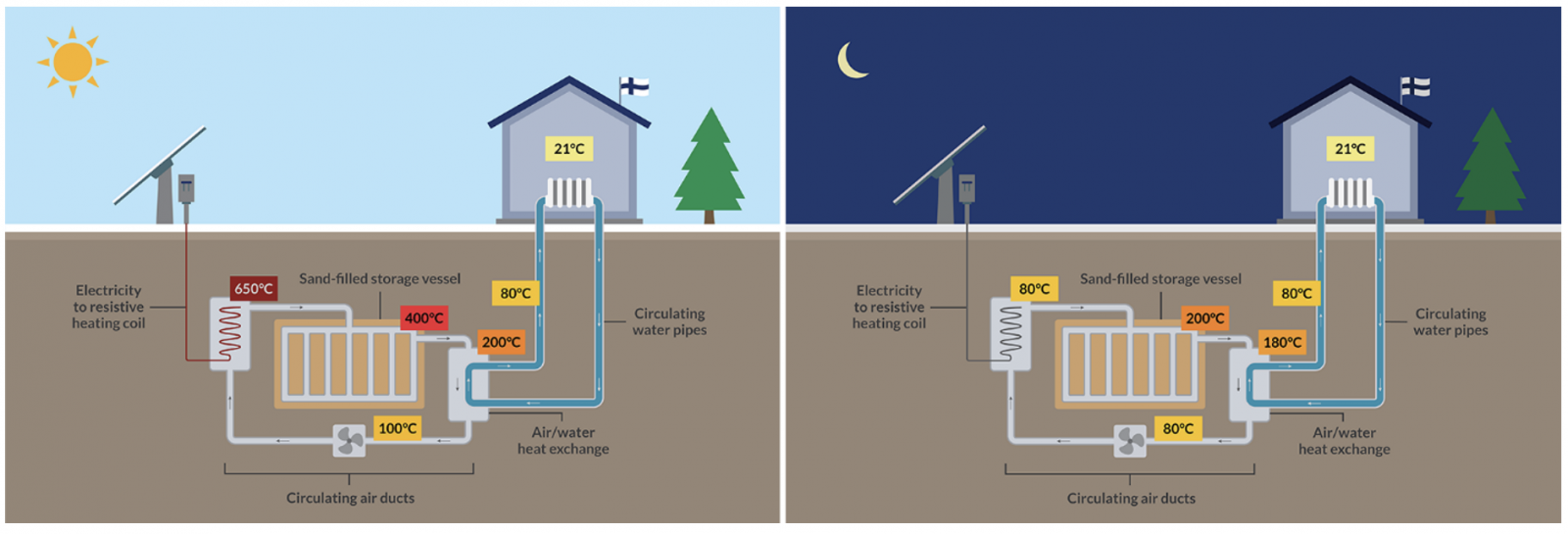

Figure 1. A schematic of the components and operating cycle of the Polar Night Energy system. Image credit: COMSOL.
Inside the system, electrically powered resistive heating elements heat air to more than 600°C. (Figure 2) The hot air is circulated through a network of pipes inside of a sand-filled heat storage vessel. After heating the sand, the hot air continues into a heat exchanger, where it heats water that is then circulated through multiple buildings. The sand's heat storage capacity ensures, that even when the resistive elements are cool, the circulating air is still hot enough to keep the water (and buildings) warm.
"We only have pipes, valves, a fan, and an electric heating element. There is nothing special here!" Eronen says, laughing.
A Battery for Heat Made from Sand
The sand-based system faces the same core challenges as any other energy infrastructure: It must deliver power to people when they need it, where they need it, and at a manageable price. This means that storing and distributing energy is as important as its generation.
Another factor to account for is the intermittent nature of daylight and strong winds. Energy storage is needed to maintain steady power output throughout the peaks and valleys of renewable inputs. However, even with recent advances in battery technology, storing electric power remains relatively expensive, especially at the scale required for heating buildings. Due to this, the idea was to develop a "battery" that could store heat rather than electricity - a heat battery designed around sand. (Figure 2) "Sand provides four times the energy storage capacity of water," Eronen says. "Sand is efficient, nontoxic, portable, and cheap!"
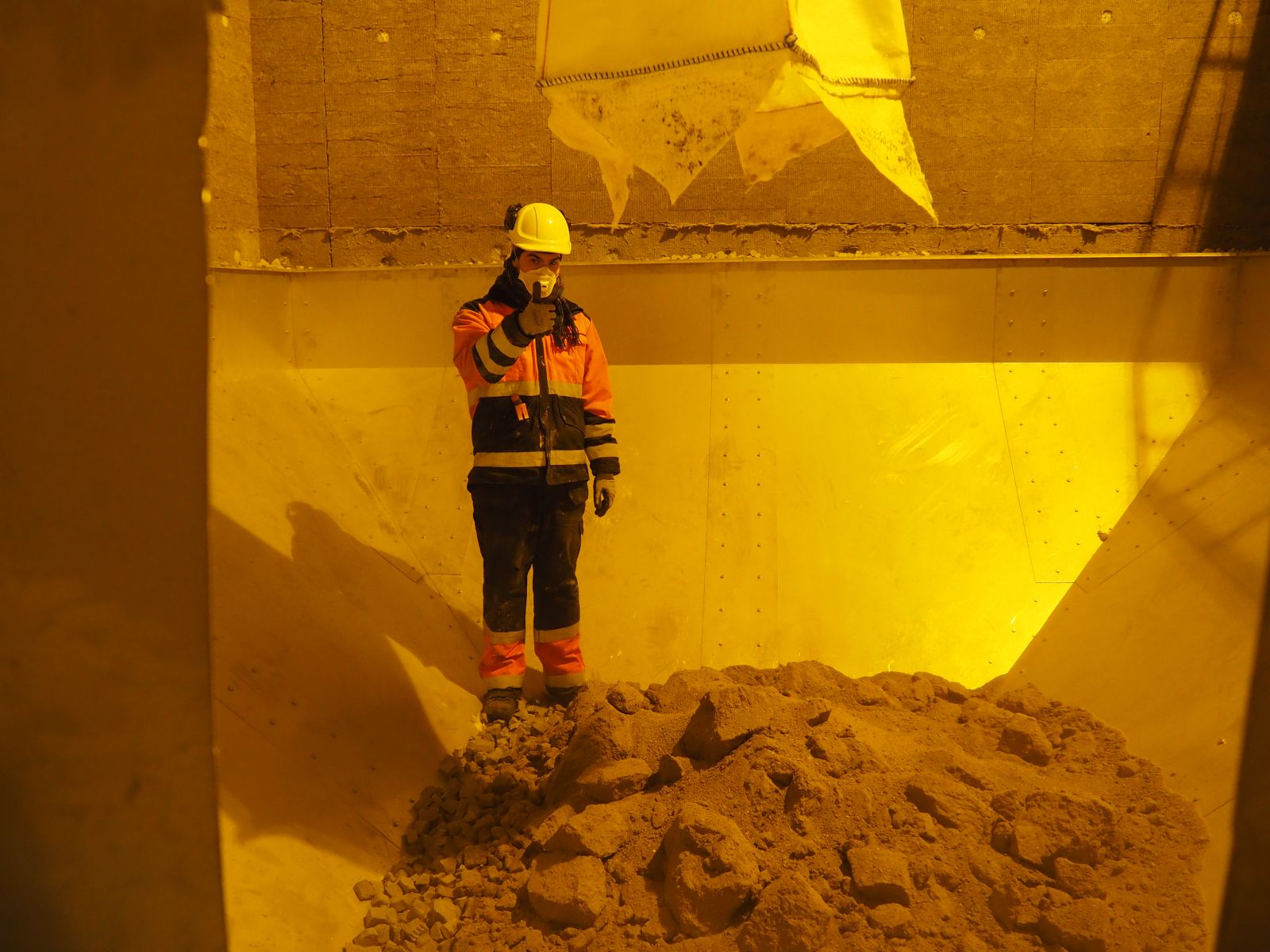

Figure 2. PNE's Markku Ylönen inspects a heat storage medium. Image credit: PNE.
The Sophisticated Analysis Behind a Simple Solution
Cost efficiency is the foundation of the project's value proposition. "As soon as we decided to pursue this idea, we were trying to figure out how the finances looked," says Eronen. Doing more with less depended on numerical simulation software.

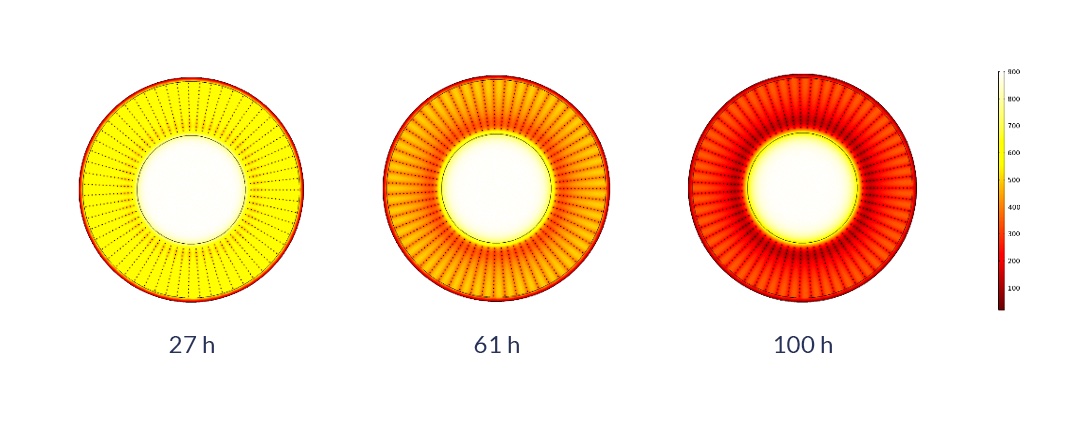
Figure 3. Simulation images showing temperature changes inside a proposed sand or air heat storage vessel design over a 100-hour period. Image credit: PNE.
The sheer scale of the sand-based heat storage system makes simulation software indispensable. "We cannot possibly build full-size prototypes to test all of our ideas. We need predictive modeling to answer as many questions as possible, before we commit to assembling all this equipment — and all this sand!" Eronen says. "It is essential for us to use these immensely powerful tools."
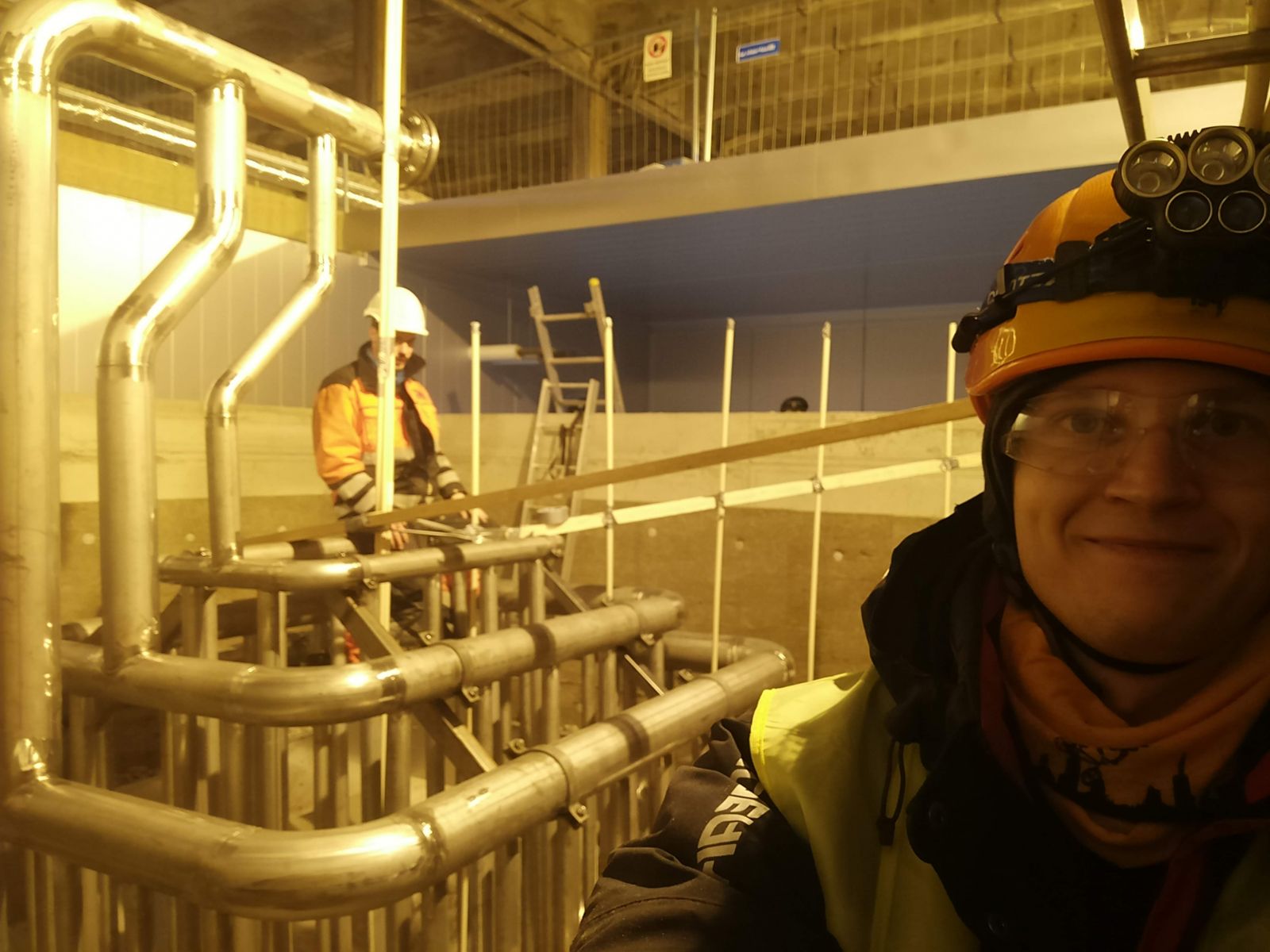

Figure 4. Eronen (foreground) and Ylönen inspecting the ductwork of a Polar Night Energy heat storage vessel. Image credit: PNE.
Today: Finland; Tomorrow: The World
Separating the task of heat storage from heat generation and distribution has made the system more efficient and adaptable. The same technology that warms Finland's long, chilly nights can also provide better energy management options to the rest of the world. For instance, affordable thermal storage could help industries and cities capture heat that is currently wasted, as well as balance the inconsistencies of wind and solar power output.
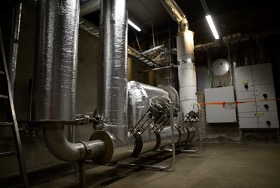
Figure 5. Part of the heat transfer system installed by Polar Night Energy in Tampere, Finland. The vertical pipes on the left are part of the heat exchanger, while the resistive heater elements are wrapped in white insulation, as shown on the right. Between these components is the air-circulating radial blower. Image credit: PNE.
"We have to get away from all kinds of combustion, even biomass,” says Eronen. "We need to protect and restore forests so they can keep removing carbon from the air. Because climate change is happening so fast, we want our ideas to spread as quickly as possible."
The author is Alan Petrillo, Content Writer for COMSOL, Inc., which created a software that simulates real-world designs and processes.
COMSOL, Inc. | www.comsol.com

Reference
Statistics Finland, "Over one-half of Finland's electricity was produced with renewable energy sources in 2020", November 2021.
[MJ1]The PNE acronym (used multiple times) is no longer ‘introduced’ as it was deleted from the copy. Not sure how you wish to handle. Spell out each time, or introduce the acronym under Fig 1.? Or assume readers will make the connection?
Author: Alan Petrillo
Volume: 2022 May/June









